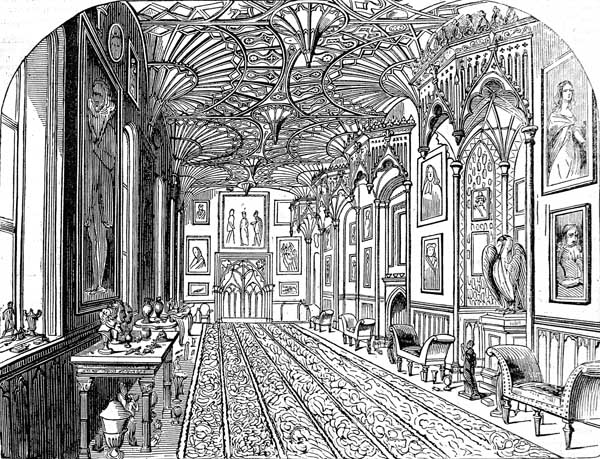I'm publishing here a series of papers written by law students in my 'Property, Heritage and the Arts' seminar from the Fall of 2009. This paper was written by Michael Poché
William M. V. Kingsland and the Importance of Provenance
1. Introduction
Nature, left undisturbed, so fashions her territory as to give it almost unchanging permanence of form, outline, and proportion, except when shattered by geologic convulsions. . . . In countries untrodden by man, the proportions and relative positions of land and water. . . are subject to change only from geological influences so slow in their operation that the geographical conditions may be regarded as constant and immutable. Man has too long forgotten that the earth was given to him for usufruct alone, not for consumption, still less for profligate waste. . . But she has left it within the power of man irreparably to derange the combinations of inorganic matter and of organic life. . . man is everywhere a disturbing agent. Wherever he plants his foot, the harmonies of nature are turned to discords. . . [O]f all organic beings, man alone is to be regarded as essentially a destructive power….
George Perkins Marsh, The Earth as Modified by Human Action: Man and Nature [fn1]
When George Perkins Marsh first penned those words in 1874, he was speaking in his role as one of America’s first important environmentalists. Contrary to the prevailing notions of his contemporaries, Marsh felt that, rather than being owners of the earth – as in the traditional Abrahamic concept of property – we are in fact only stewards of the earth, here for a short time only, and that instead of practicing some supposed birthright over the land, we were instead bound by a birth “duty”, so to speak, to protect it.
Though his expertise was in the environment (as well as diplomacy and philology), Marsh may as well have been speaking about the art world; the philosophy of guardianship he espoused towards the Earth would serve us well as a basic model for how humankind should safeguard its cultural riches. One of the few things which can be said with some certainty about art is that nearly every culture throughout human history has spent time creating works which are largely decorative in nature; the big question is, “Why?” While we still do not possess an all-encompassing answer to that question, the question itself is strongly suggestive that the creative act, in its myriad forms, is some form primal human strategy, on par with survival, sustenance, procreation, etc.
It is here that the comparison to Marsh’s quotation becomes problematic; Marsh saw man as “. . . essentially a destructive power.”[fn2] This is true, but he is also the only consciously creative power as well. Because of this dual nature, it is important to ensure that our destructive tendencies do not overshadow our creative ones. Now, clearly, not every person has a creative (or rather, artistic) bent. For some of those who do not, art may be nothing more than a blank slate; some may be appreciators, either highly opinionated or more catholic in taste; but some have an almost hostile stance towards art, which could manifest itself in numerous ways.
Much environmental advocacy is practiced from a state of naiveté and pessimism; that is, we don’t know what the long range effects of our actions will be – and we are assuming that our actions and their effects will be negative – so a prudent course would be to treat our environment as cautiously as possible. And so it should be with our cultural heritage: because we don’t fully understand why people have always made art, it would behoove us to assume that the fact of its universality indicates its importance to our existence. As we are only stewards of this Earth, so too are we stewards of our cultural legacy.
One of the primary tools we have at our disposal to this end is that of provenance. Provenance acts as a sort of cultural lineage, or a chain of succession. It ensures the integrity and value of art, as well as provides a guidepost of authenticity. It is especially important when purchasing art; potential buyers need to be made aware of a piece’s particular history, and failure to be able to do so should be a big red flag to purchasers, be they newbies or long time connoisseurs.
So, what to say of someone who, despite an obvious love for art, so eradicates the provenance of, not one or a few, but of close to three hundred valuable pieces[fn3] that they end up languishing in the hands of the F.B.I., awaiting either return to their rightful owners or an uncertain fate on the auction block, where disinterested relations of the previous “owner” hope they will eventually end up?
Continue


















